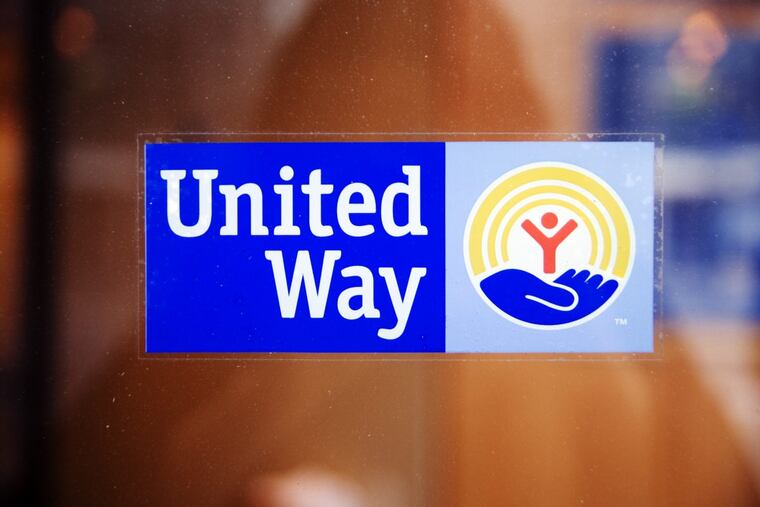Local United Way must diversify leadership team | Opinion
If the mission is to eradicate generational poverty, and the local United Way's biggest beneficiary is a largely black and Latino population, why are no people of color represented in the leadership?

Lately, I have been concerned with the direction of the United Way of Greater Philadelphia and Southern New Jersey. The organization does not have a single person of color on its executive leadership team. Not one. And there are less than 10 people of color among its 70 regional board members.
I know the United Way can do better.
In Philadelphia, 36.1 percent of the city's youth live in poverty. Black children make up 20.4 percent of that number, with Hispanic children second at 9.4 percent. Of about 2,900 children in Philadelphia who are homeless, 78 percent are black. More than 66 percent of black children and 58 percent of Hispanic children live in a single-female-headed household. (Children living in a single-female-headed family are nearly five times more likely to be poor than children living in a married family.) Of the 10- to 18-year-olds in the juvenile justice system, 72 percent are black.
These are all issues that the United Way seeks to address when it asks us to donate generously. But if the mission is to eradicate generational poverty, and the local United Way's biggest beneficiary is a largely black and Latino population, why are no people of color represented in the leadership?
Three years ago, Derwin Dubose, a fellow at Harvard's Kennedy School of Government Center for Public Leadership, wrote in the Nonprofit Quarterly about the nonprofit sector's general lack of representation, noting that "the glaring disparity in nonprofit leadership bears a striking similarity to Ferguson." In Ferguson, Mo., two-thirds of the city's population were black, while "whites serve[d] as mayor, five of six city councilors, six of seven school board members, and 50 of 52 police officers."
I never expected one of Philadelphia's biggest philanthropic leaders to suffer from a "Ferguson effect."
With the recent departure of one person of color in the local United Way's leadership, the executive team is now 100 percent white. Despite its rhetoric about inclusion, the organization is moving backward.
This is alarming, because it signals that people of color are effectively relegated to being recipients of charity instead of being empowered to improve their own circumstances. The corporate and private donor class should not find this acceptable.
All hope isn't lost. There are two very important ways to turn things around: First, donors must lead by demanding nonprofit diversity, even of the United Way. Second, the organization must aggressively recruit people of color as candidates for their executive staff and membership to their board. Its search for a CEO would be a good place to start.
Otis L. Bullock Jr. is an attorney and executive director of Diversified Community Services. OBullock@dcsphila.org